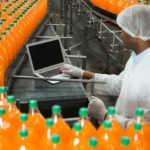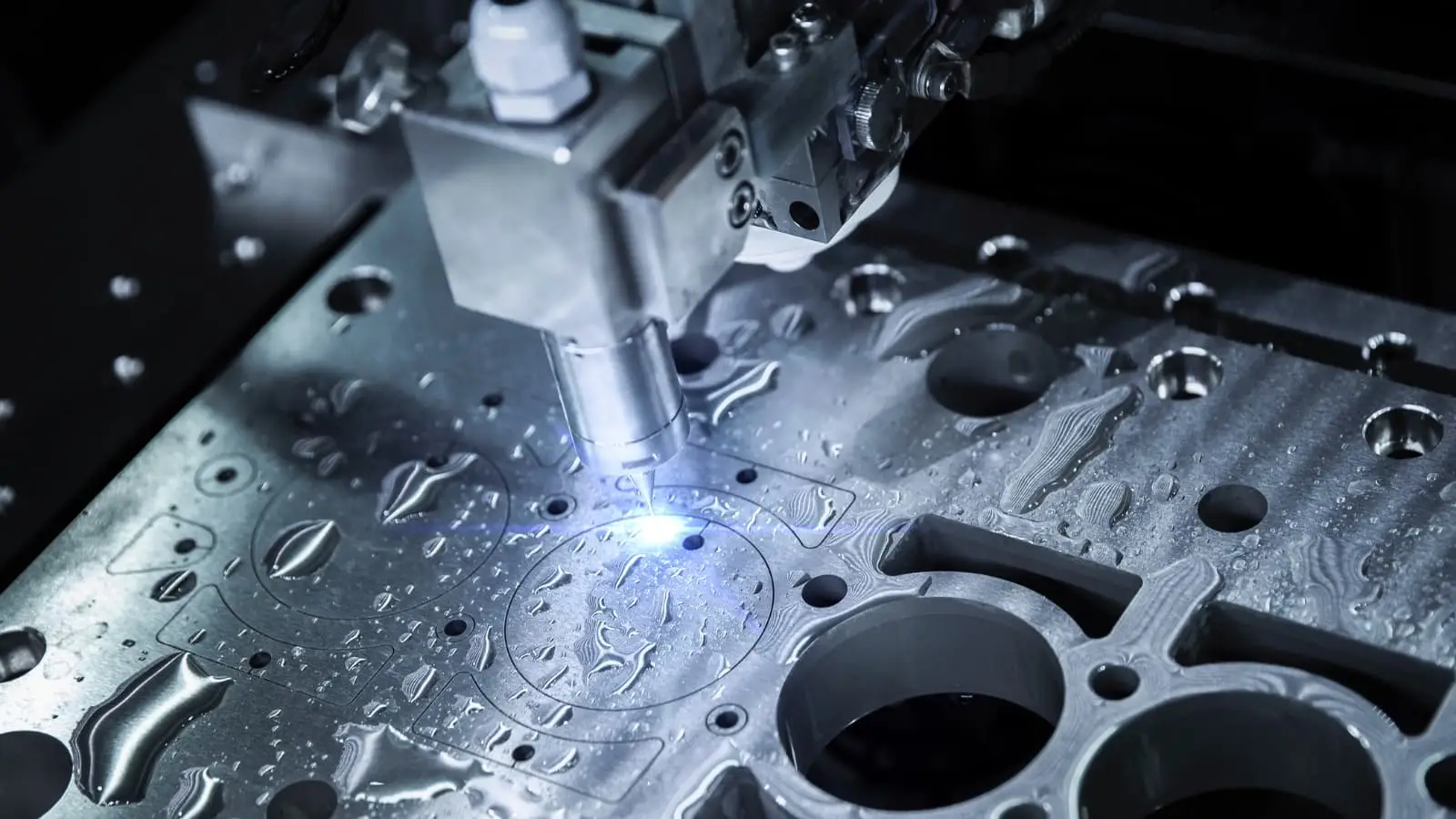A product’s path from concept to tangible item is a multi-stage process. At the center of this shift is CNC (Computer Numerical Control) machining, a technology that connects design and reality. This sophisticated technology converts computer designs into accurate physical components with unrivaled accuracy and efficiency. CNC machining assures consistent quality and accelerates output by automating machining tool control, making it an essential component of modern manufacturing. The CNC machining process is essential for converting inventive ideas into real-world products, whether it’s creating sophisticated parts for aerospace applications or generating unique components for consumer electronics.
The Design Phase: The Blueprint for Success
Product development begins with the creation of a concept. This abstract concept is then painstakingly transformed into a tangible design, usually with computer-aided design (CAD) software. This digital blueprint represents the product’s design, functionality, and aesthetics. During this phase, designers give significant consideration to ergonomics, material choices, and manufacturing feasibility. The blueprint must not only show the planned design but also be practical and manufacturable.
The Role of CNC Machining in Design
CNC machining is important even during the design process. Designers must ensure that their designs are compatible with the capabilities of CNC machines. This entails recognizing the machine’s limitations in terms of material thickness, cutting depth, and precision. Designers must also optimize their designs for efficient machining, decreasing waste and production time. By considering these elements early on, they can minimize potential problems during the manufacturing process and ensure a smoother transition from design to production.
Prototyping: Bringing the Design to Life
Once the design has been finalized, the following stage is to build a prototype. This is where CNC machining shines. CNC machines allow for quick prototyping by converting computer designs into actual objects. This enables designers to evaluate the product’s usefulness, aesthetics, and ergonomics firsthand. Quick iterations can be performed to ensure that the final output fulfills the specified standards. The ability to swiftly create and test prototypes speeds up the development process and helps identify any necessary changes before proceeding to mass production.
CNC Machining: The Bridge to Production
The prototype has been refined and is now suitable for mass production. CNC machining also plays an important role in this step. Its precision and efficiency make it perfect for producing complex components with high tolerances. CNC machines can handle a wide range of materials and make parts with excellent accuracy, including delicate metal parts and plastic housings. The technology ensures that each part fits the exact requirements required, ensuring consistency and quality throughout long manufacturing runs.
The CNC Machining Process
Understanding the impact of CNC machining requires a thorough understanding of the process itself. CNC machines are controlled by computer programs that define how they move. These programs are generated from the CAD design, ensuring that the manufactured parts are exactly like the original concept. The method typically entails many critical steps:
- Material Preparation: The raw material, such as metal or plastic, is securely fastened to the machine’s bed.
- Tool Selection: Cutting tools are chosen according to the material and intended shape.
- Machine Programming: The CNC machine is set up with specific instructions for cutting the material.
- Machining: Machining is the process of removing material from a workpiece to form it into the desired shape.
- Finishing: The machined object is polished or coated to produce the appropriate surface finish.
The Benefits of CNC Machining in Product Development
CNC machining offers numerous advantages throughout the product development cycle:
- Precision: CNC machines manufacture items that are exceptionally accurate and consistent.
- Efficiency: Automation and high-speed machining cut production time and expenses.
- Flexibility: CNC machines can work with a wide variety of materials and sophisticated designs.
- Repeatability: CNC machines can consistently create the same parts, ensuring product quality.
- Reduced Waste: CNC machining reduces material waste through precision cutting.
CNC Machining and Industry Trends
The function of CNC machining is always changing in response to industry trends. Advances in technology, such as additive manufacturing (3D printing) and artificial intelligence (AI), are supplementing CNC machining capabilities. For example, AI can optimize machining parameters to increase efficiency and part quality. These technical developments improve the precision, speed, and variety of CNC machining, making it an even more essential tool in the product development process.
Conclusion
CNC machining is critical in molding the development process from concept to product. Its precision, efficiency, and versatility make it an essential tool for manufacturers in a variety of industries. As technology advances, CNC machining will surely stay at the forefront of product creation, driving innovation and pushing the limits of what is feasible. Businesses that understand the complex relationship between design and CNC machining may expedite their production processes, cut costs, and get high-quality products to market faster.
CNC machining, in essence, converts abstract concepts into actual realities, making it an essential component of modern manufacturing. Its incorporation into the design and manufacturing processes guarantees that products not only meet but exceed, expectations, paving the way for innovation and success in a competitive marketplace.












